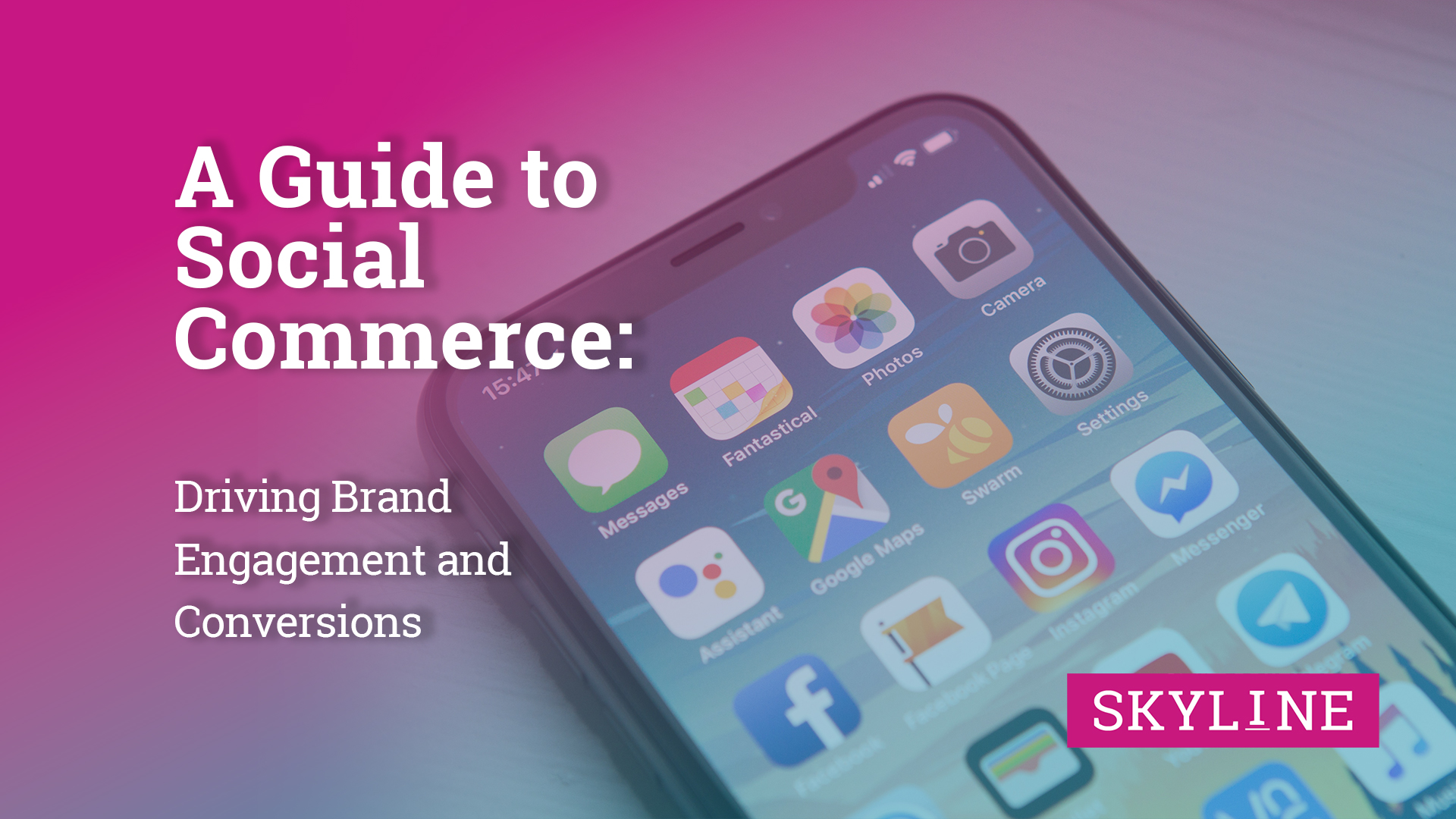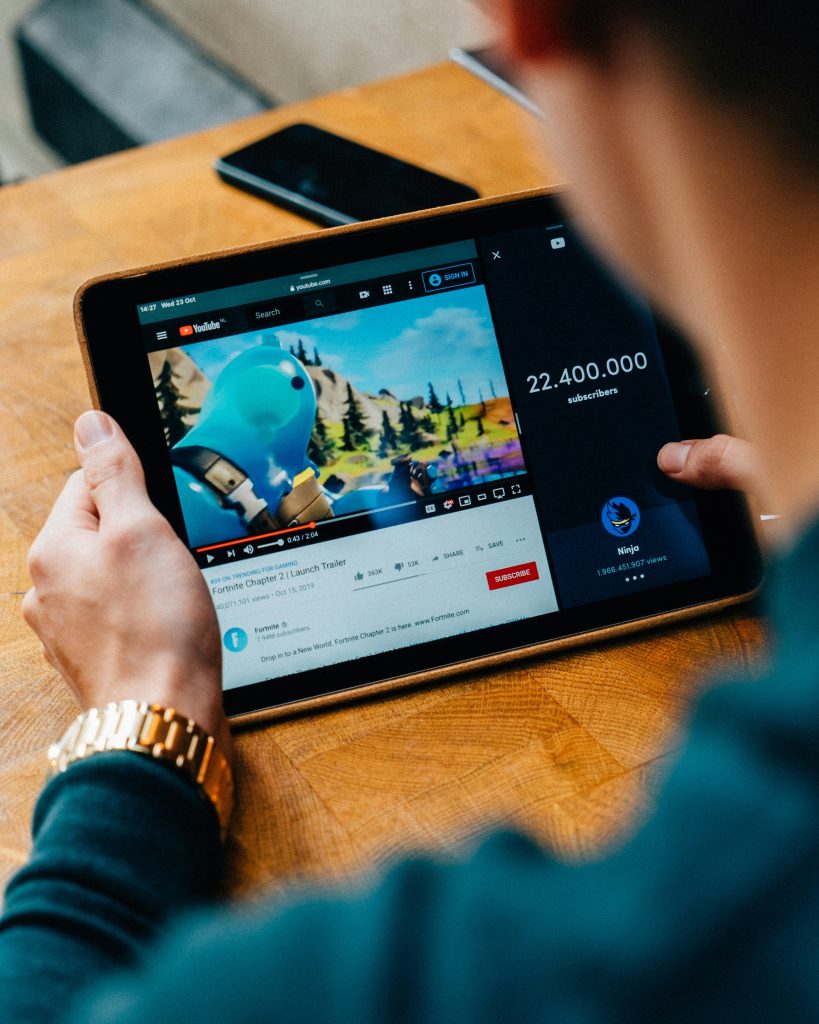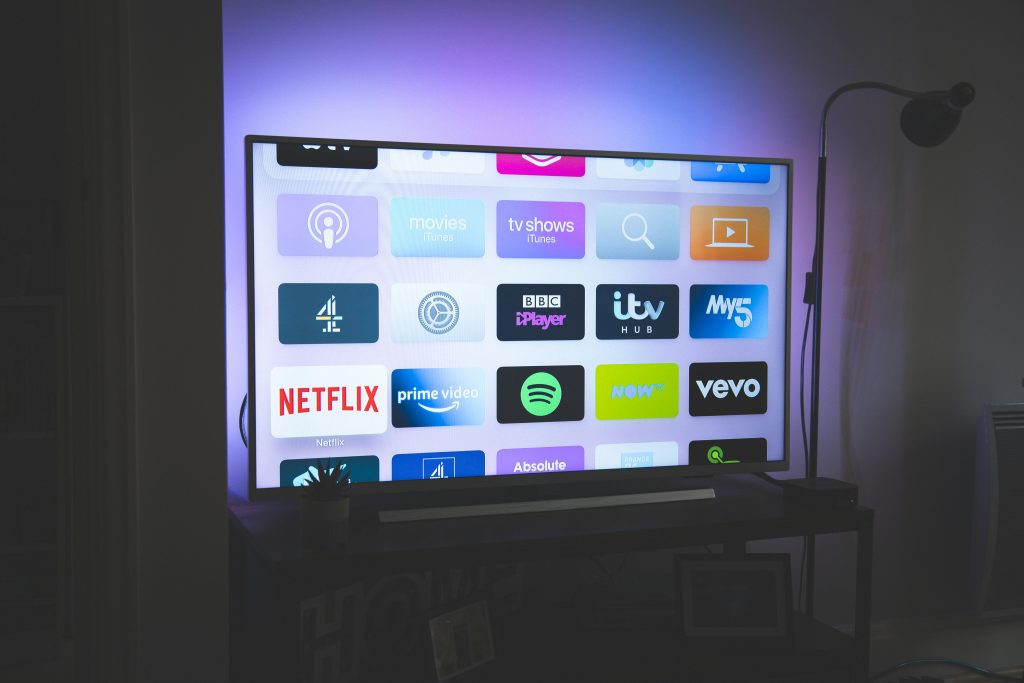Social media has become more than a place to connect with friends and share updates—with the evolution of social commerce, it’s become a powerful shopping destination.
According to an Accenture study, the $492 billion global social commerce industry is expected to grow three times faster than traditional ecommerce to $1.2 trillion by 2025.
Social commerce is revolutionizing the digital retail landscape, marking a powerful new chapter in shopping online. In this new era, social interaction and online shopping merge seamlessly. Instead of sending users to external websites, brands can showcase and sell products directly on social platforms.
For businesses and marketers, social commerce represents a perfect opportunity to reach consumers where they spend most of their time: on their phones, in their feeds, and actively engaging with content. Continue reading Skyline Studio’s guide to social commerce to learn how to craft a strategy to harness its full potential.

What is social commerce?
Social commerce involves using social media platforms to promote and sell products or services. Estimates show that sales through social networks will reach over 17% of total online sales in 2025.
Unlike traditional e-commerce, where customers are funneled to a separate website to complete their purchase, social commerce allows the entire buying journey—discovery, decision-making, and checkout—to happen within the social platform.
Platforms like Instagram and Facebook have introduced features that allow users to tap on a product in a photo or video and buy it directly without ever leaving the app. TikTok and Pinterest also offer shopping experiences that blend entertainment with commerce, making it easier for users to move from inspiration to action in seconds.
Social commerce removes friction, simplifies the customer journey, and opens up new ways for brands to connect with audiences naturally and nonintrusively.

The best social commerce platforms to engage consumers and convert them.
When it comes to social commerce, not all platforms are created equal. Each offers unique tools, audiences, and content formats that cater to different types of businesses and consumer behaviors. To truly capture attention and drive conversions, it’s essential to understand which platforms align with your brand and goals.
Here’s a look at the top platforms currently leading the charge in social commerce:
Instagram is a visual-first platform, ideal for product discovery and inspiration. With features like Instagram Shops, shoppable posts, Reels with product tags, and Instagram Checkout, it offers a native shopping experience that feels organic to users. The ability to shop directly from influencer posts or brand content, or even explore the dedicated Shop tab, makes Instagram a go-to for fashion, beauty, and lifestyle brands.
Facebook continues to be a powerhouse for social selling, especially for brands targeting a slightly older demographic or aiming to build community-driven sales. Facebook Shops allow businesses to create customizable storefronts, while Facebook Marketplace and integrated Messenger shopping tools support more localized, conversational selling. Facebook’s massive user base and robust advertising tools make it especially effective for retargeting and personalized product recommendations.
TikTok
TikTok has transformed how people discover and engage with brands. Thanks to its algorithm-driven “For You” feed, even small businesses can go viral overnight. TikTok Shop, live shopping events, and product anchors embedded within videos allow seamless in-app purchasing. It’s an ideal platform for brands that can produce engaging, bite-sized video content that resonates with Gen Z and younger millennials. TikTok is necessary if your product has a “wow factor” or lends itself to demonstrations.
Pinterest is often underestimated in social commerce, but it’s a platform designed for discovery with intent. Users come to Pinterest to plan, dream, and shop. With Rich Pins, in-app checkout, and curated boards, Pinterest bridges the gap between browsing and buying. It’s particularly effective in fashion, beauty, home decor, wellness, travel, and DIY, where visual inspiration fuels consumer decisions.
YouTube
YouTube is rapidly evolving into a social commerce player. It combines long-form content, creator influence, and shoppable integrations. Brands can now link product shelves below videos, host live shopping streams, and partner with creators to showcase products within tutorials, unboxings, and reviews. YouTube is ideal for products that benefit from education or storytelling—think tech gadgets, skincare, fitness equipment, or cookware.

Connected TV (CTV) and Streaming Platforms
Connected TV shopping is the latest frontier in social commerce, offering a powerful way to blend storytelling with direct response marketing. Platforms like Roku, Amazon Fire TV, Apple TV, and YouTube on smart TVs now support interactive ads, shoppable video formats, and QR-code-enabled purchases that link TV viewers to mobile checkout experiences.
Why CTV matters:
- Viewers are more engaged on streaming platforms and often watch content with fewer distractions.
- Shoppable ads can appear in high-quality branded content, such as product tutorials, influencer-led shows, or seasonal campaign films.
- QR codes and companion mobile apps let users scan to shop without disrupting their viewing experience.
YouTube on TV is the leader, allowing creators and brands to add clickable product features and integrate with Google Shopping. Meanwhile, Amazon Live and Roku’s shoppable ad units make it easier for brands to target streaming audiences with real-time shopping capabilities.
Brands that partner with Skyline Studio have the opportunity to develop CTV campaigns that are brought to life through our video production experts and social strategists.
CTV shopping is best for brand storytelling, high-ticket products, household items, entertainment merchandise, and lifestyle-driven goods. It is also an excellent way to re-target audiences interacting with your brand on mobile or desktop.
Here are the benefits of implementing social commerce in your marketing strategy.
Social commerce isn’t just a trend—it’s a strategic advantage for modern brands. One of the most significant benefits is the streamlined customer experience. According to research, between 2023 and 2025, US social shoppers grew from roughly 96 billion to around 104 million.
Instead of navigating to a website, filling out information, and going through multiple steps, users can purchase with just a few taps, reducing friction and significantly increasing conversion rates.
Another significant advantage is improved targeting and personalization. Social platforms collect vast amounts of user data, which allows for particular audience targeting. You can reach people through ads or organic content based on their interests, behaviors, and previous interactions with your brand.

Social commerce also leverages the power of social proof. Seeing others engage with, comment on, or recommend a product builds trust and encourages purchases. Reviews, likes, and user-generated content contribute to a product’s perceived value.
Finally, it offers enhanced engagement and brand loyalty. Shopping becomes a conversation rather than a transaction. Features like comments, DMs, live streams, and reactions allow brands to interact with customers in real time, answer questions, and build deeper relationships.
Six effective marketing strategies for social commerce to drive conversions.
To succeed in social commerce, you need a thoughtful marketing strategy that aligns with the platform and your audience.
With social commerce booming across platforms like Instagram, TikTok, and even smart TVs, businesses have more opportunities to convert followers into customers. To help you succeed, here are six powerful social commerce marketing strategies, including the newest trend: Connected TV (CTV) shopping.
1. Partner with influencers and creators to build brand credibility.
Why it works:
People trust people, especially those they follow on social media. Partnering with creators and influencers gives your brand a human face and helps build credibility. Influencers are already deeply embedded in their followers’ lives, and when they promote your product authentically, their endorsement can translate into rapid conversions.
How to implement it:
- Identify creators that align with your niche and values. Micro-influencers (with 10K–100K followers) often have high engagement rates.
- Create campaigns around product launches, special promotions, or seasonal sales.
- Let influencers create native-feeling content—unboxings, “Get Ready With Me” videos, tutorials, or humorous skits featuring your products.
Pro Tip: Use affiliate links or trackable discount codes to measure conversions and reward influencer performance.
2. Create shoppable content that feels native to each platform.
Why it works:
Shoppable content reduces the time and steps between product discovery and purchase. You can turn passive viewing into active shopping by embedding clickable product tags in posts, stories, and videos.
How to implement it:
- Use Instagram Shopping to tag multiple products in feed posts, Reels, and Stories.
- TikTok’s product anchor feature lets creators and brands link directly to product pages from within videos.
- Pinterest’s Rich Pins allow users to view product info and pricing within the platform and make purchases seamlessly.
Pro Tip: Make your content visually engaging but natural. Overly polished ads may get skipped, but authentic, lifestyle-based content invites trust.
3. Host livestream shopping events to boost in-app purchases.
Why it works:
Livestream shopping combines real-time interaction, entertainment, and urgency. It turns product pitches into engaging experiences, boosting impulse buys and brand loyalty.
How to implement it:

- Host regular livestreams on platforms like TikTok, Instagram, or YouTube.
- Demonstrate your products in action, answer live questions, and engage with viewer comments.
- Offer time-sensitive deals or exclusive discounts to incentivize purchases during the stream.
Pro Tip: Use a countdown or teaser promo ahead of time to build anticipation. Collaborate with an influencer or charismatic team member to host the stream and keep energy high.
5. Use paid social ads with commerce integration to increase conversions.
Why it works:
Targeted advertising remains one of the most effective ways to convert casual browsers into buyers. Combine this with in-platform checkout options, and you have a recipe for high-converting campaigns.
How to implement it:
- Launch dynamic product ads on Facebook and Instagram that showcase products tailored to each user’s preferences and behavior.
- Use TikTok’s Smart Performance Campaigns or Spark Ads to amplify top-performing organic posts.
- Run retargeting ads to re-engage users who visited your page, added items to their cart, or engaged with your content.
Pro Tip: A/B test your creatives—compare static images vs. videos, lifestyle content vs. product-only visuals—and analyze metrics like CTR, conversion rate, and ROAS (Return on Ad Spend).
6. Explore connected TV (CTV) shopping to reach a wider audience.
Why it works:
Connected TV shopping brings the social commerce experience to a larger screen. As streaming platforms become more interactive, brands can reach engaged viewers with shoppable TV content, primarily through platforms like YouTube, Roku, Amazon Fire TV, and smart TVs with app integrations.
How to implement it:
- Use platforms like Roku or Amazon Live to run interactive ads where viewers can instantly scan a QR code to shop on their phones.

- Create branded video content that mimics influencer-style storytelling—think behind-the-scenes features, tutorials, or mini-documentaries.
- Leverage platforms like YouTube Shopping to sync your product feed with your channel, so viewers can buy while watching.
Pro Tip: Combine CTV with mobile retargeting. For example, if someone watches your ad on their TV, follow up with a shoppable Instagram Story later that day. It’s cross-device commerce in action.
Ready to tap into the power of social commerce? Skyline Studio is here to develop paid social media campaigns. To learn more, fill out the form below.
Social commerce is reshaping the future of online shopping. It’s fast, convenient, and built for how people consume content today. Whether you’re a direct-to-consumer brand, a local business, or an influencer with your product line, the tools and platforms are already at your fingertips.
By meeting customers where they are and providing a seamless path from discovery to purchase, social commerce helps you build stronger connections and boost sales without ever leaving the app.